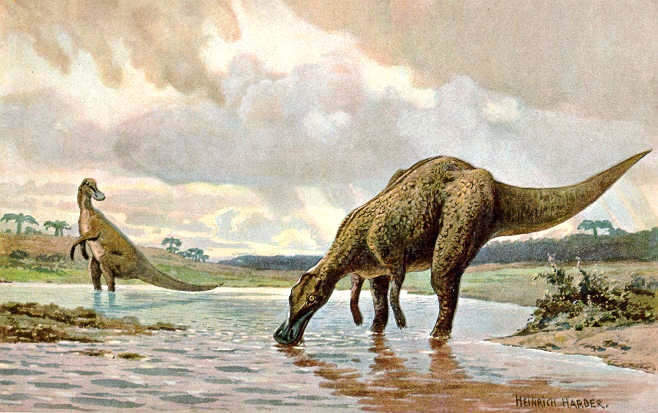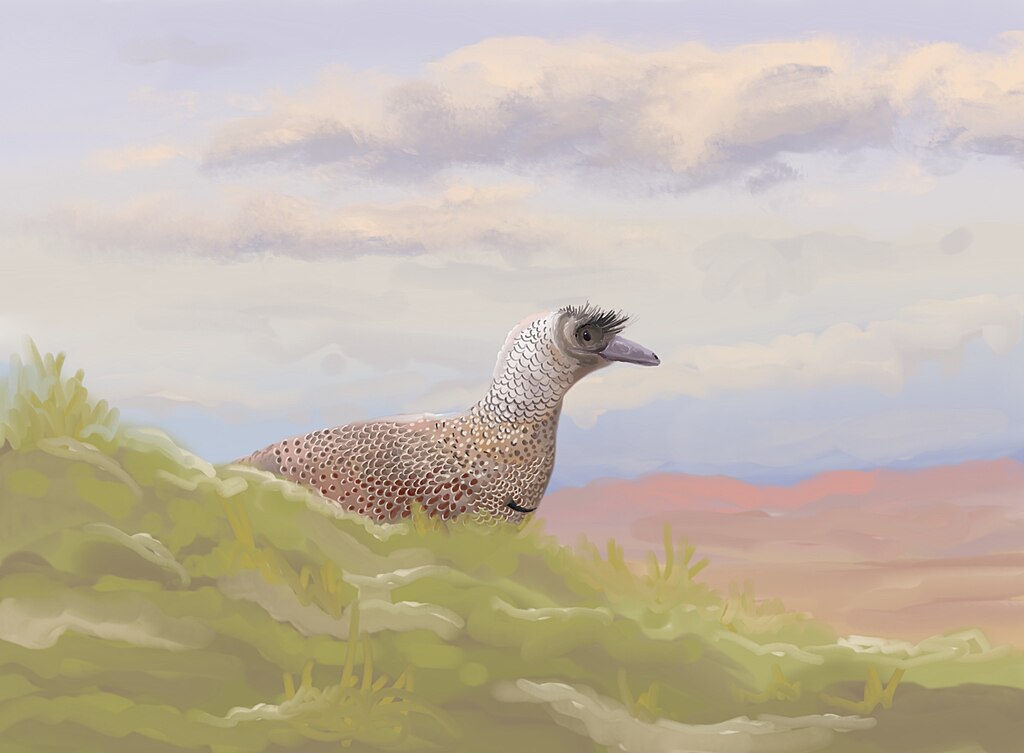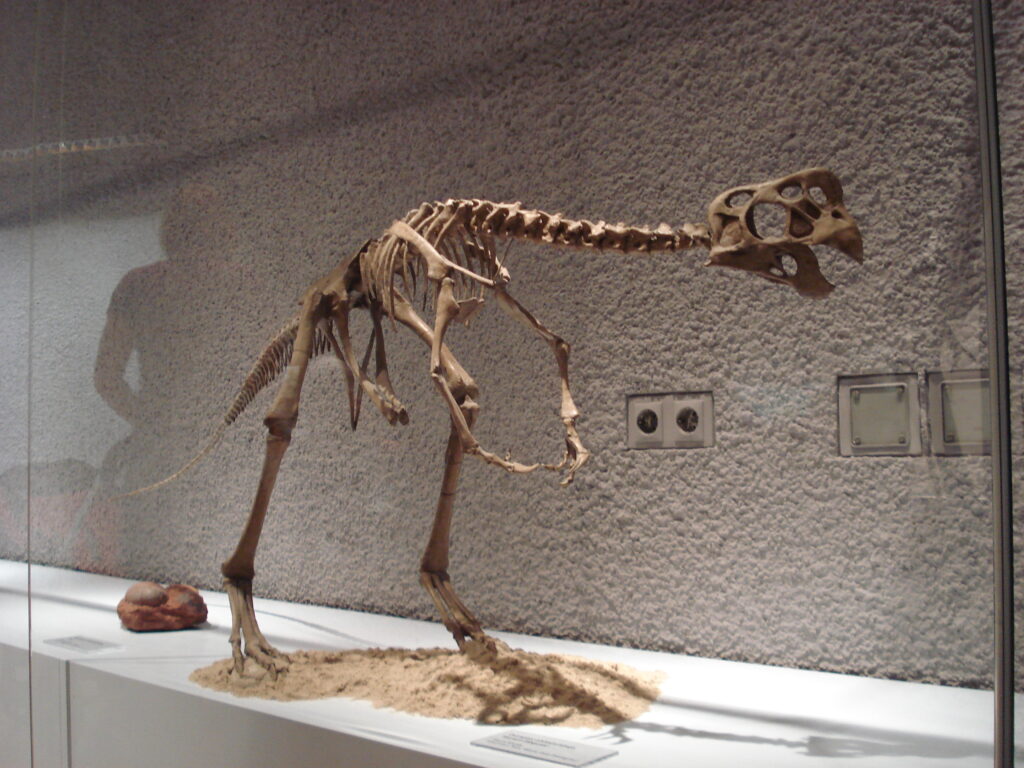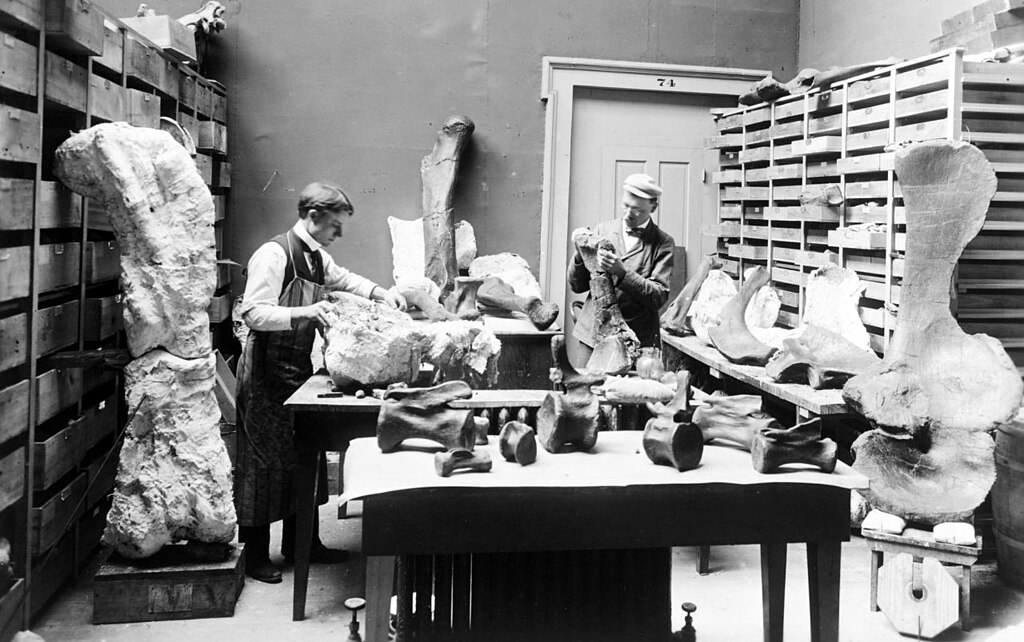The duck-billed dinosaurs, or hadrosaurs, were among the most successful dinosaurs of the Late Cretaceous period. While their duck-like bills have captured our imagination for generations, recent scientific discoveries about their cranial structures have revealed something even more fascinating: some hadrosaurs may have been capable of producing complex sounds through elaborate hollow chambers in their skulls. Parasaurolophus, with its long, hollow crest extending backward from its skull, stands as the most remarkable example of this evolutionary marvel. This extraordinary adaptation potentially allowed these herbivorous giants to communicate across vast distances, possibly even creating resonant, musical calls that echoed through prehistoric landscapes. The story of these “singing” dinosaurs offers a captivating glimpse into dinosaur behavior and evolution that continues to intrigue paleontologists today.
Introducing Parasaurolophus: The Melodious Hadrosaur
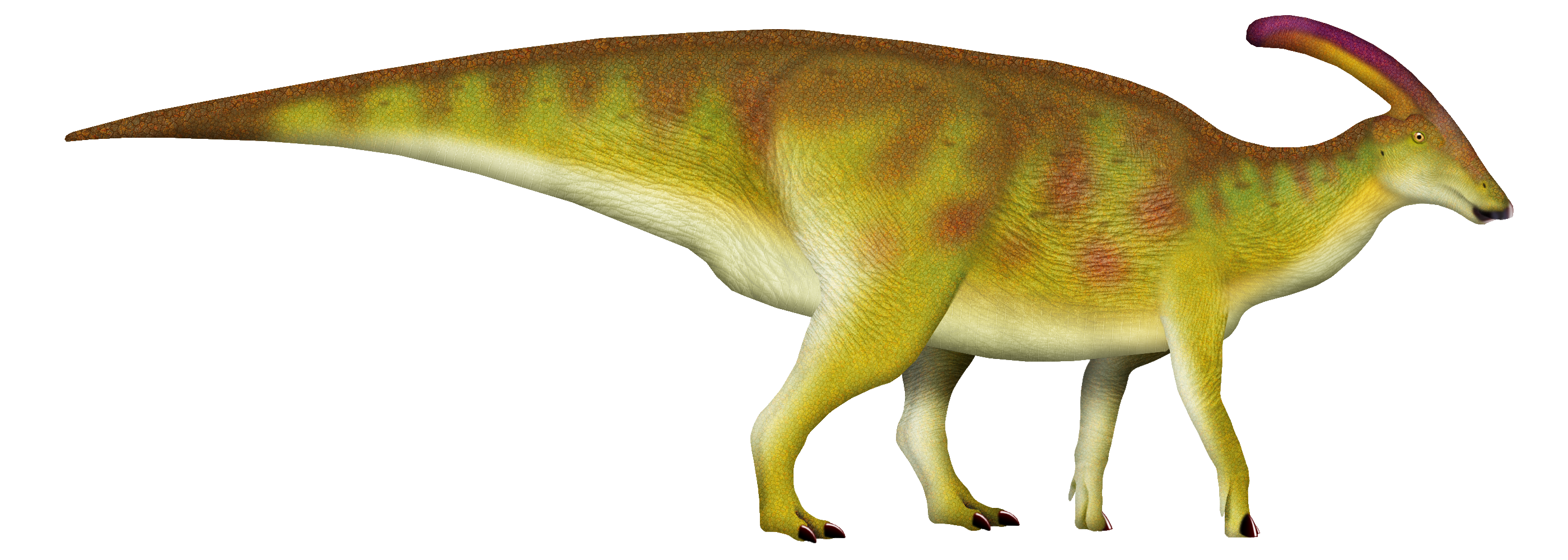
Parasaurolophus walkeri was a spectacular member of the hadrosaur family that lived approximately 76-73 million years ago during the Late Cretaceous period in what is now North America. This herbivorous dinosaur reached lengths of up to 10 meters (33 feet) and stood about 4 meters (13 feet) tall at the hip. What distinguished Parasaurolophus from its hadrosaur relatives was its extraordinary cranial crest—a long, curved tube extending backward from the skull that could reach up to 1.8 meters (6 feet) in length. This remarkable feature wasn’t merely decorative; it contained an elaborate network of airways connected to the dinosaur’s respiratory system. Scientists now believe this crest functioned as a resonating chamber, essentially transforming the dinosaur’s skull into a biological musical instrument unlike anything alive today.
The Remarkable Cranial Crest: Nature’s Trombone
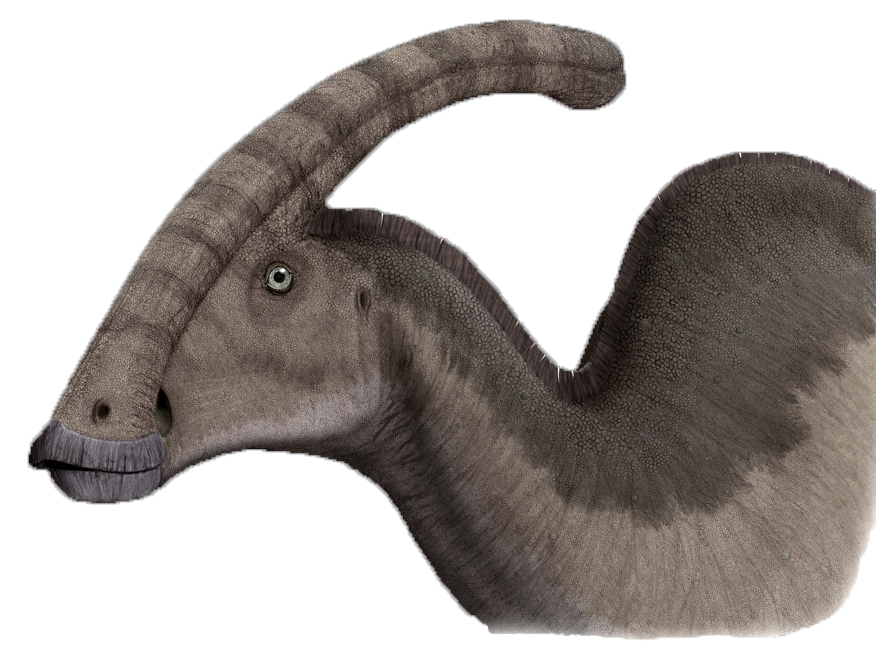
The crest of Parasaurolophus has been described by paleontologists as nature’s equivalent of a trombone or trumpet. Unlike most other dinosaur cranial structures, it wasn’t solid but contained a complex series of tubes that looped from the dinosaur’s nostrils up through the crest and back down to the throat region. CT scans of fossilized skulls have revealed that these airways formed a U-shaped path through the crest, starting at the nasal cavity and returning to connect with the pharynx and trachea. This intricate design created what acoustics experts call a “resonating chamber.” When air passed through this elaborate tubular system, it would have produced sounds that could be modulated by the dinosaur’s breathing patterns. The length of the tube directly influenced the wavelength and thus the pitch of the sounds produced, with longer crests theoretically capable of producing deeper, more resonant tones.
Scientific Evidence for Sound Production

The sound-producing capabilities of Parasaurolophus aren’t mere speculation but are supported by rigorous scientific research. In groundbreaking studies, paleontologists David Weishampel and Carl Forster used computer modeling to recreate the acoustic properties of the Parasaurolophus crest. These models indicated that the dinosaur could produce low-frequency sounds in the range of 55 to 85 Hertz, comparable to the lowest notes on a tuba. More recent research has employed even more advanced techniques, including 3D computer simulations based on CT scans of fossilized crests. In 2014, a team led by paleontologist David Evans created digital models that simulated air moving through the nasal passages, confirming that the crest could indeed function as an effective resonating chamber. The research even allowed scientists to recreate what Parasaurolophus might have sounded like, producing haunting, deep, horn-like calls that would have carried across considerable distances in the prehistoric landscape.
Evolution of the Acoustic Crest

The elaborate crest of Parasaurolophus didn’t appear suddenly in the fossil record but evolved gradually over millions of years. Earlier hadrosaurs displayed more modest cranial ornamentations, suggesting a progressive development of this acoustic feature. Comparative studies of different lambeosaurine hadrosaurs (the subfamily that includes Parasaurolophus) show a clear evolutionary trend toward increasingly complex hollow crests. For instance, Corythosaurus had a helmet-like crest, while Lambeosaurus featured a hatchet-shaped protuberance, both containing some hollow chambers but not the elaborate looping tube system seen in Parasaurolophus. This evolutionary progression suggests strong selective pressures favoring enhanced sound production capabilities. Interestingly, fossil evidence indicates that juvenile Parasaurolophus had smaller, less developed crests that grew and elongated as the animals matured, further supporting the theory that these structures served important biological and social functions rather than being mere ornamental features.
Sexual Dimorphism and Species Variations

The cranial crests of Parasaurolophus exhibit fascinating variations that may indicate sexual dimorphism or species-level differences. Three distinct species of Parasaurolophus have been identified: P. walkeri, P. tubicen, and P. cyrtocristatus, each with slightly different crest morphologies. P. walkeri had the classic long, curved crest, while P. Tubicen’s crest was somewhat straighter and more robust, and P. cyrtocristatus featured a shorter, more curved structure. Some paleontologists have proposed that these differences might represent sexual dimorphism rather than separate species, with the larger crests potentially belonging to males who used them to produce louder, more impressive calls to attract mates. However, the limited fossil record makes this difficult to confirm conclusively. What is clear is that even small variations in crest structure would have produced noticeably different acoustic signals, potentially allowing for species recognition or status signaling within social groups.
Communication Across the Prehistoric Plains

The acoustic capabilities of Parasaurolophus would have revolutionized communication among these prehistoric herbivores. The low-frequency sounds produced by their cranial resonating chambers could travel significantly farther than higher-pitched calls, potentially allowing communication over distances of several kilometers. This long-distance communication would have been particularly valuable for animals living in open floodplain environments where visual contact might be limited by vegetation or topography. Paleontologists theorize that these dinosaurs might have used their acoustic abilities to coordinate herd movements, signal the presence of predators, or maintain contact between separated family groups. The ability to produce distinctive calls might also have helped different family groups or herds recognize one another across the vast landscapes they inhabited, potentially facilitating complex social interactions that we’re only beginning to understand through the fossil record.
Social Implications of Acoustic Adaptations
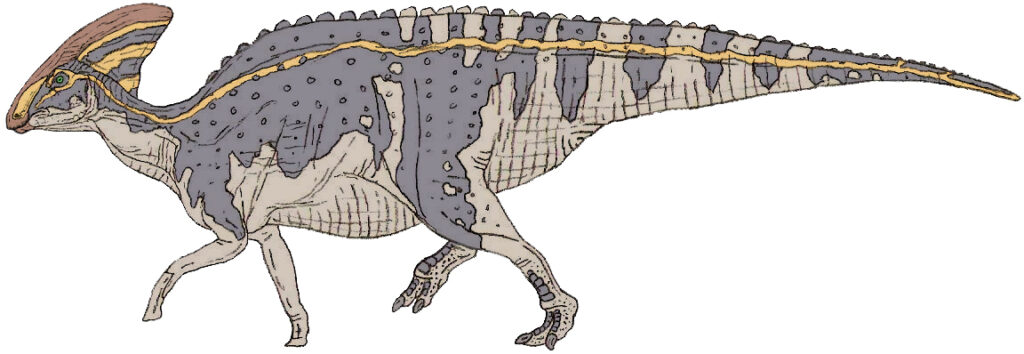
The remarkable sound-producing abilities of Parasaurolophus have significant implications for our understanding of hadrosaur social behavior. The investment of biological resources into such elaborate sound-producing structures suggests these dinosaurs lived in complex social groups where communication was essential. Many paleontologists now believe that hadrosaurs lived in large, multi-generational herds similar to modern elephants, with sophisticated social hierarchies and behaviors. Within these herds, acoustic communication may have served multiple functions beyond simple location calls. Different patterns of sounds might have conveyed specific messages about food resources, danger, or mating status. Juvenile Parasaurolophus, with their smaller crests producing higher-pitched sounds, would have been acoustically distinguishable from adults, potentially allowing age-specific communication. This acoustic differentiation might have facilitated parent-offspring recognition in crowded nesting grounds or coordinated the movements of different age groups within the larger herd structure.
Predator Deterrence and Warning Calls
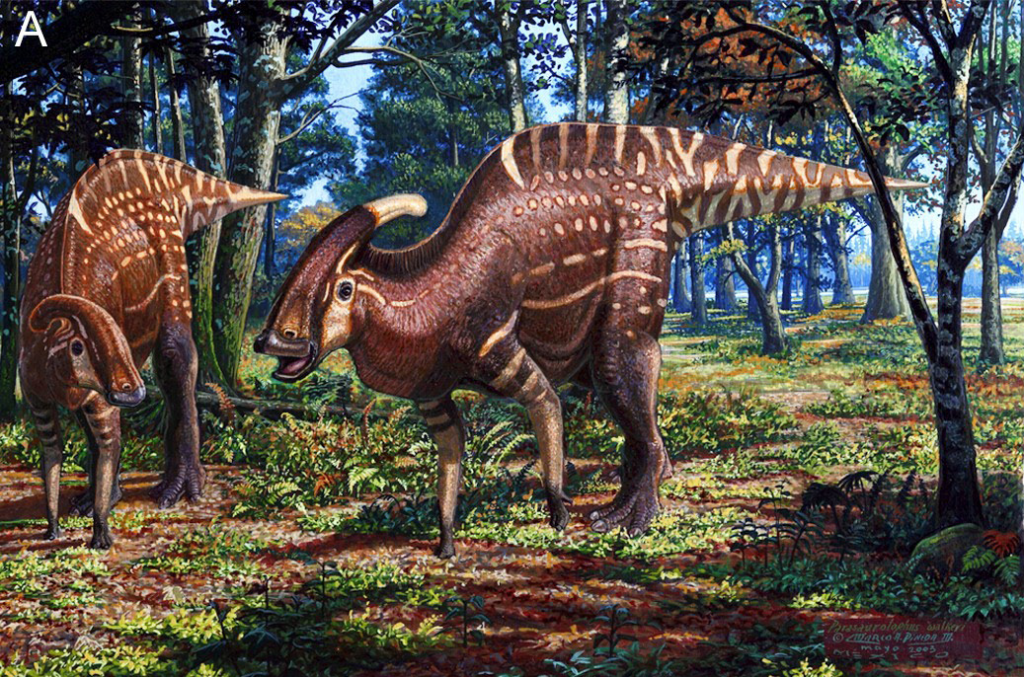
Beyond social communication, the acoustic abilities of Parasaurolophus likely played a crucial role in predator defense strategies. During the Late Cretaceous, these herbivores shared their environment with fearsome predators like Tyrannosaurus rex and Daspletosaurus. The ability to produce loud, distinctive warning calls would have been invaluable for alerting the herd to approaching danger. Some researchers have suggested that the low-frequency sounds produced by Parasaurolophus might have been particularly effective at triggering a “startle response” in potential predators, similar to how modern elephants can use infrasonic rumbles to deter predators. Furthermore, coordinated acoustic signals from multiple adult Parasaurolophus could create an intimidating wall of sound that might have given predators pause. The fossil record shows that hadrosaurs were among the most abundant dinosaurs of their time despite living alongside formidable predators, suggesting they must have had effective defense mechanisms, their acoustic abilities likely being a key component of their survival strategy.
Comparing with Modern Animals’ Sound Production
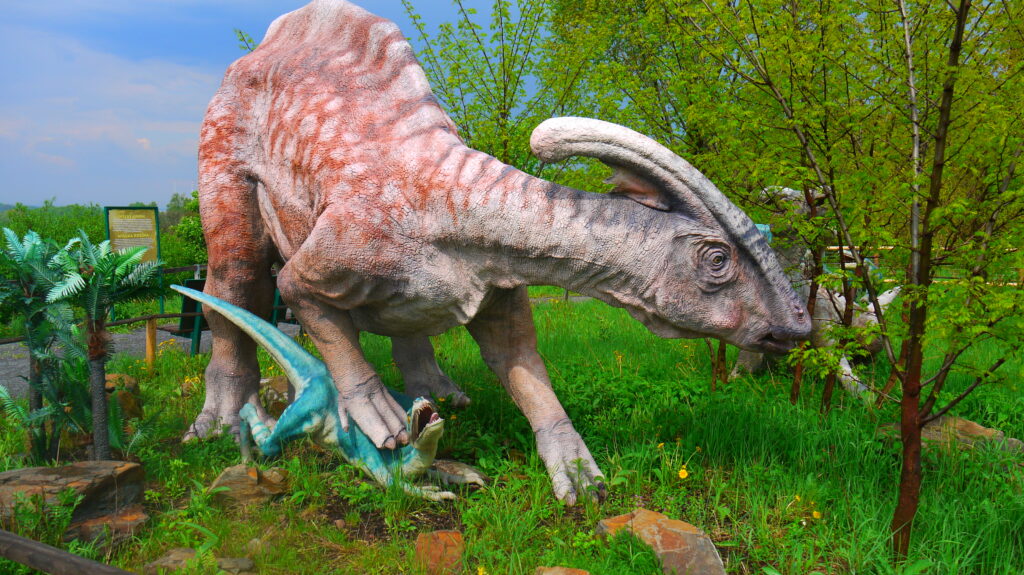
The sound-producing mechanisms of Parasaurolophus find interesting parallels in modern animals, though nothing alive today matches the exact anatomy of these resonating crests. Perhaps the closest modern analogues are found in certain birds and mammals that use resonating chambers to amplify their vocalizations. Howler monkeys, for instance, possess enlarged hyoid bones that form resonating chambers, allowing their calls to carry for miles through dense forests. Among birds, the cassowary’s casque (a keratinous helmet-like structure) appears to amplify the low-frequency booming calls these birds produce. Elephants, meanwhile, use their massive nasal passages and sinuses to produce infrasonic rumbles below the range of human hearing that can travel for kilometers. The trump-like calls of cranes, created by their elongated trachea, might also share functional similarities with Parasaurolophus’s crest. However, the specific U-shaped tube system of the Parasaurolophus crest represents a unique evolutionary solution to the challenge of long-distance communication that has no exact modern equivalent.
Thermoregulation: A Secondary Function

While sound production was likely the primary function of the Parasaurolophus crest, paleontologists have identified thermoregulation as a probable secondary benefit. The extensive network of airways within the crest created a large surface area where blood vessels could release heat to the passing air, effectively functioning as a radiator to cool the brain. This thermoregulatory hypothesis gains support from studies of modern animals with similar cranial structures. For example, the casques of cassowaries help these large birds regulate body temperature in their tropical forest habitats. For Parasaurolophus, which lived in a warm climate and potentially engaged in energetic social displays, the ability to efficiently cool the brain would have been advantageous. The dual functionality of the crest exemplifies how evolution often selects for structures that serve multiple biological purposes, maximizing the return on the biological investment required to grow and maintain such elaborate features.
Challenges in Reconstructing Prehistoric Sounds

Despite advances in computational modeling and imaging technology, scientists face significant challenges when attempting to recreate the exact sounds Parasaurolophus produced. The fossilization process preserves hard tissues like bone but leaves no direct evidence of soft tissues such as vocal cords, air sacs, or the specific musculature that would have controlled airflow through the crest. Modern reconstructions must make educated assumptions about these soft-tissue components based on comparisons with living relatives of dinosaurs, primarily birds and crocodilians. Another major challenge involves understanding the acoustic environment of the Late Cretaceous period. Factors such as atmospheric composition, vegetation patterns, and ambient noise levels would have influenced how sound traveled and what frequencies would have been most effective for communication. Additionally, the resonating properties of the crest might have been modified by soft tissues covering the bone, potentially changing its acoustic characteristics in ways that are difficult to model from fossils alone.
Parasaurolophus in Popular Culture
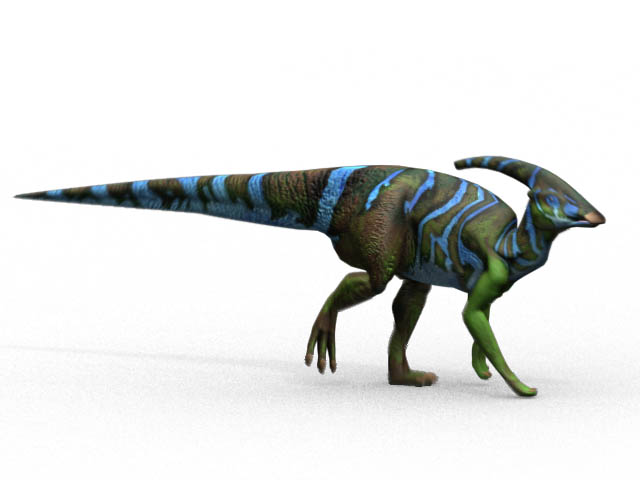
The distinctive appearance and fascinating acoustic abilities of Parasaurolophus have made it a popular dinosaur in entertainment and educational media. This hadrosaur featured prominently in the “Jurassic Park” film franchise, where its distinctive profile could be seen among the herbivorous herds. In the animated series “The Land Before Time,” the character Ducky is often identified as a Parasaurolophus, bringing this dinosaur to the attention of younger audiences. Museums worldwide showcase Parasaurolophus specimens with interactive exhibits that allow visitors to experience reconstructions of their calls, making the concept of “singing dinosaurs” tangible to the public. The idea of dinosaurs capable of complex vocalizations has particularly captured the imagination of artists and writers, inspiring depictions of prehistoric “orchestras” where different hadrosaur species produce harmonizing calls across ancient landscapes. These cultural representations, while sometimes taking creative liberties, have helped maintain public fascination with these remarkable dinosaurs and their unique adaptations.
Ongoing Research and Future Discoveries
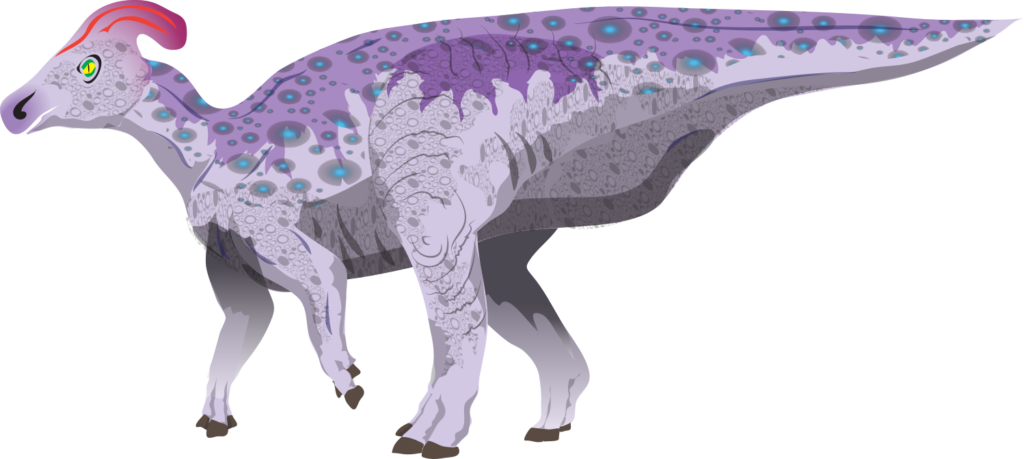
Research into the acoustic capabilities of Parasaurolophus continues to evolve with new technologies and fossil discoveries. Advanced computational fluid dynamics models are now being employed to simulate airflow through increasingly accurate digital reconstructions of the nasal passages. Recent studies are also exploring how the growth of the crest throughout the dinosaur’s lifespan would have changed its acoustic properties, potentially allowing paleontologists to identify age-specific calls. The application of machine learning algorithms to compare Parasaurolophus crest morphology with acoustic structures in modern animals promises to refine our understanding of how these dinosaurs vocalized. Perhaps most exciting is the potential for new fossil discoveries, particularly of exceptionally preserved specimens that might retain traces of soft tissues or provide more complete growth series. The discovery of a well-preserved juvenile Parasaurolophus announced in 2021 has already provided valuable new insights into how these crests developed, and future finds may further revolutionize our understanding of these melodious dinosaurs.
Conclusion

The duck-billed dinosaur with its resonating skull crest represents one of the most fascinating examples of specialized adaptation in dinosaur evolution. Parasaurolophus, with its remarkable tube-like crest functioning as a biological trombone, likely filled Late Cretaceous landscapes with deep, resonant calls that served crucial social, defensive, and possibly reproductive functions. While we may never know precisely what these prehistoric calls sounded like, continuing advances in paleontology and bioacoustics bring us ever closer to understanding these “singing” dinosaurs. The story of Parasaurolophus reminds us that dinosaurs were not simply scaled versions of modern reptiles but diverse, highly adapted creatures with specialized capabilities that sometimes have no exact modern equivalent. Their elaborate communication systems suggest complex social lives that challenge older perceptions of dinosaurs as solitary, primitive animals. As research continues, we can look forward to an even richer understanding of how these remarkable creatures used their skull-mounted musical instruments to navigate their ancient world.

